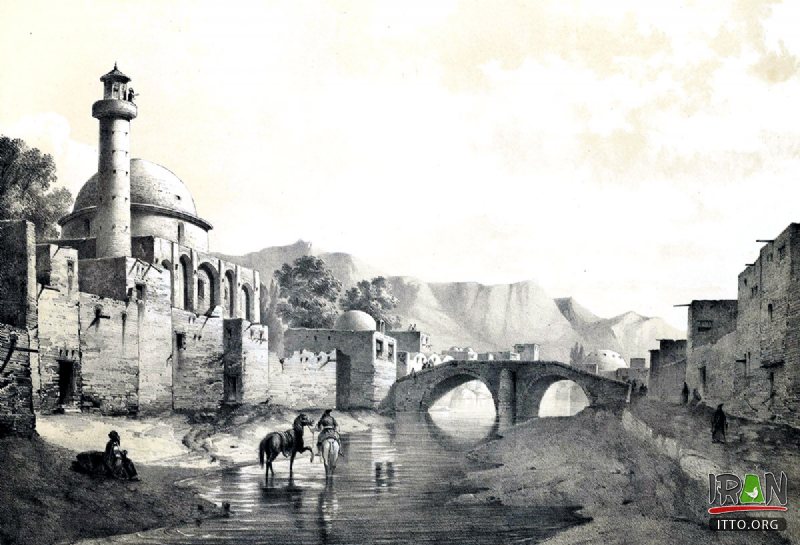The early history of Tabriz is not well-documented. The earliest inscription about Tabriz, referring to the city as Tarui or Tauris, is on the Assyrian King Sargon II's epigraph in 714 BC. Tabriz has been chosen as the capital for some rulers commencing from Atropates era and his dynasty.
A recent excavation at the site of the Iron Age museum, in the north of the Blue Mosque site, uncovered a graveyard of 1st millennium BC. More likely the city has been destroyed multiple times either by natural disasters or by the invading armies.
The earliest elements of the present Tabriz are claimed to be built either at the time of the early Sassanids in the 3rd or 4th century AD, or later in the 7th century. The Middle Persian name of the city was T'awrēš.
Egyptologist David Rohl suggested that the legendary Garden of Eden was near Tabriz. Archaeologist Eric H. Cline commented on Rohl's views, writing that "his suggestions have not caught on with the scholarly establishment. His argument is not helped by the fact that it depends upon speculations regarding the transmission of place-names for both the various rivers and nearby related areas from antiquity to the present. In the end, while Rohl’s suggestion is not out of the question, it seems no more probable than any other hypothesis, and less likely than those suggested by Speiser, Zarins, and Sauer."


